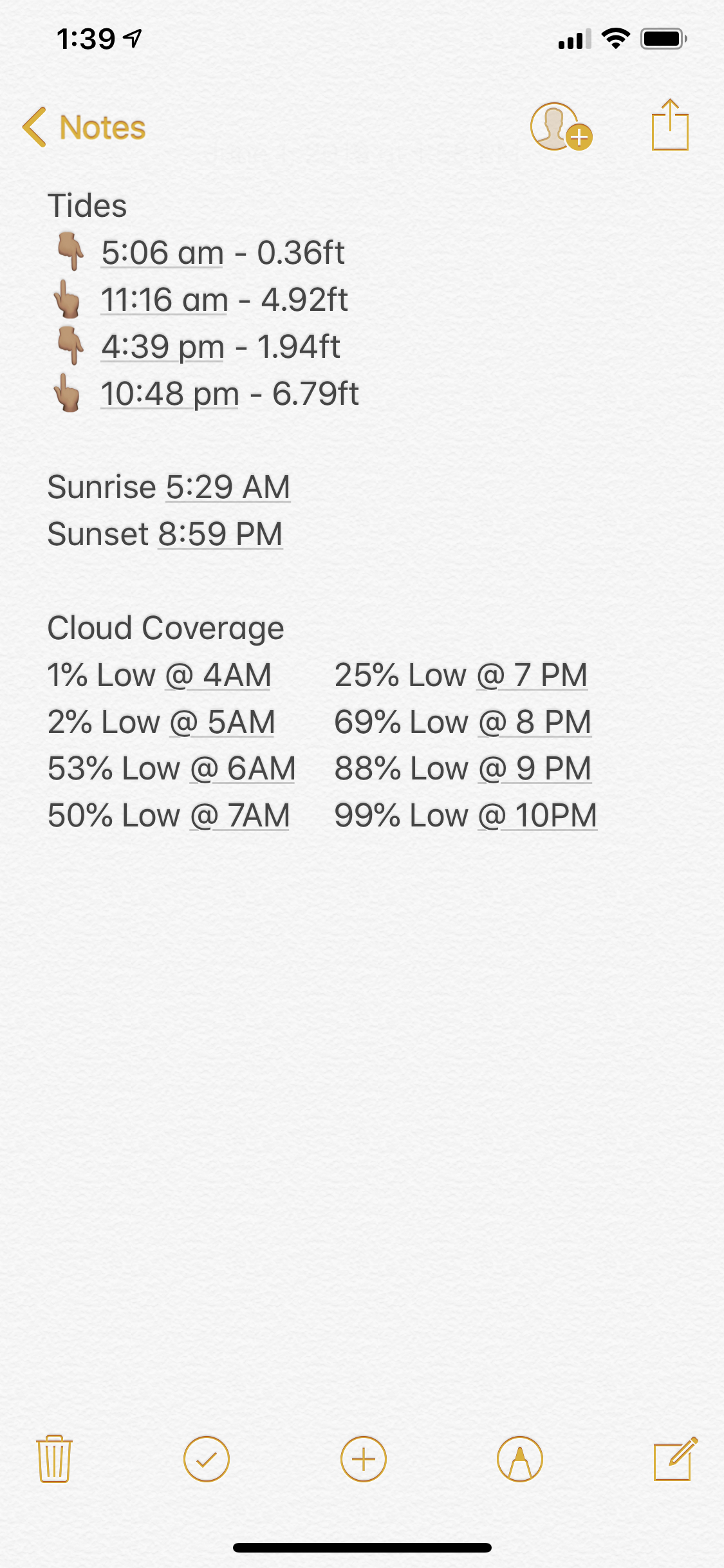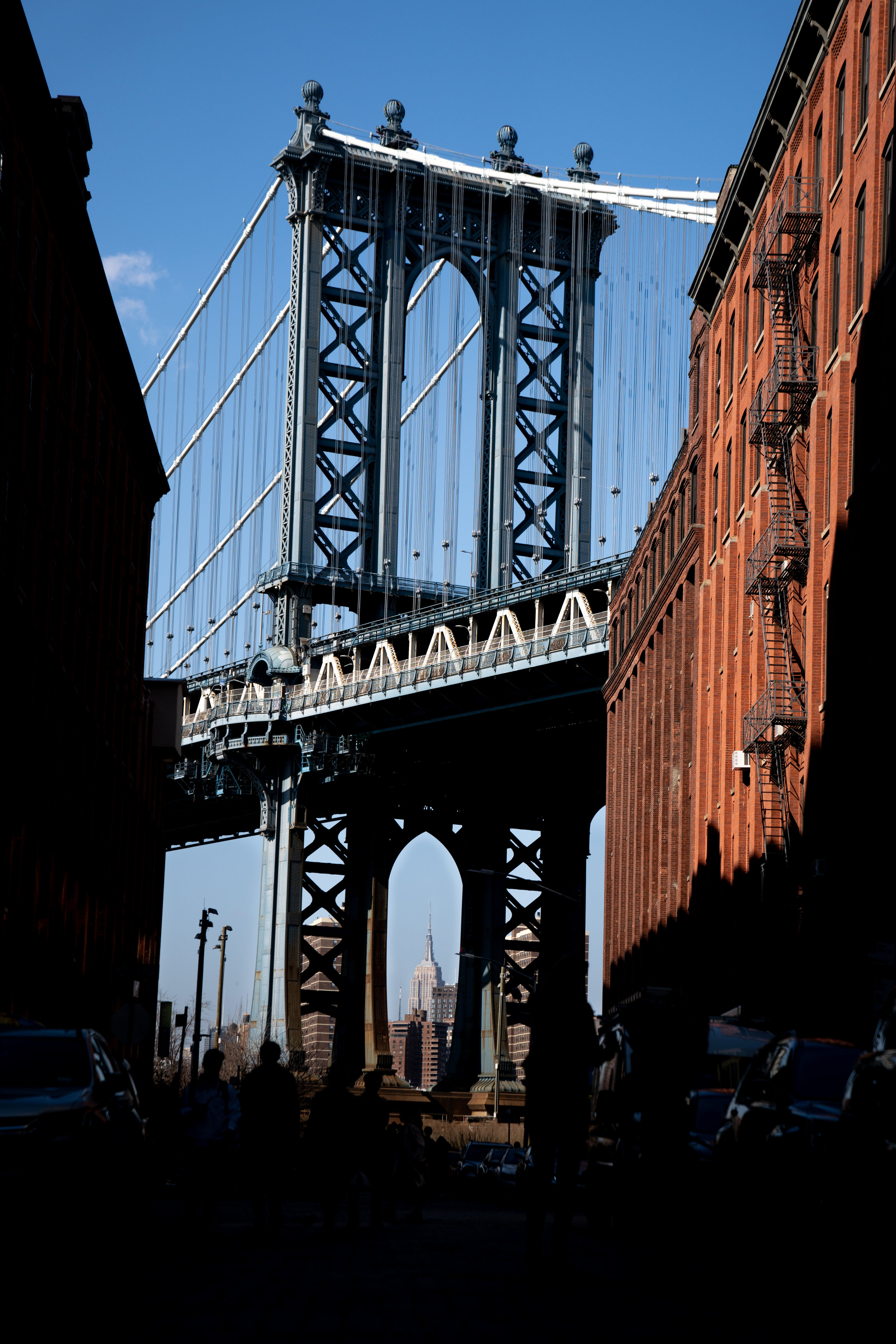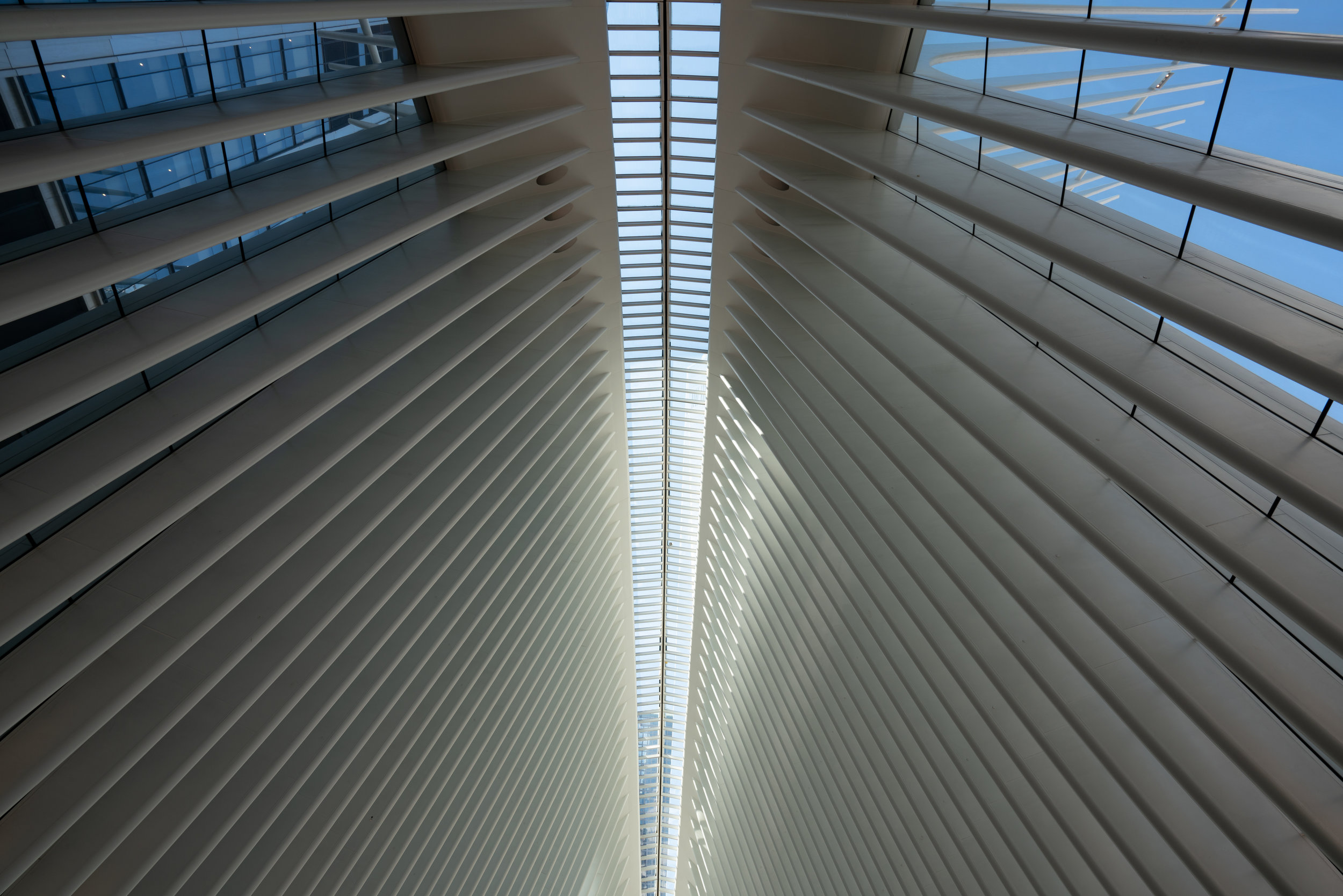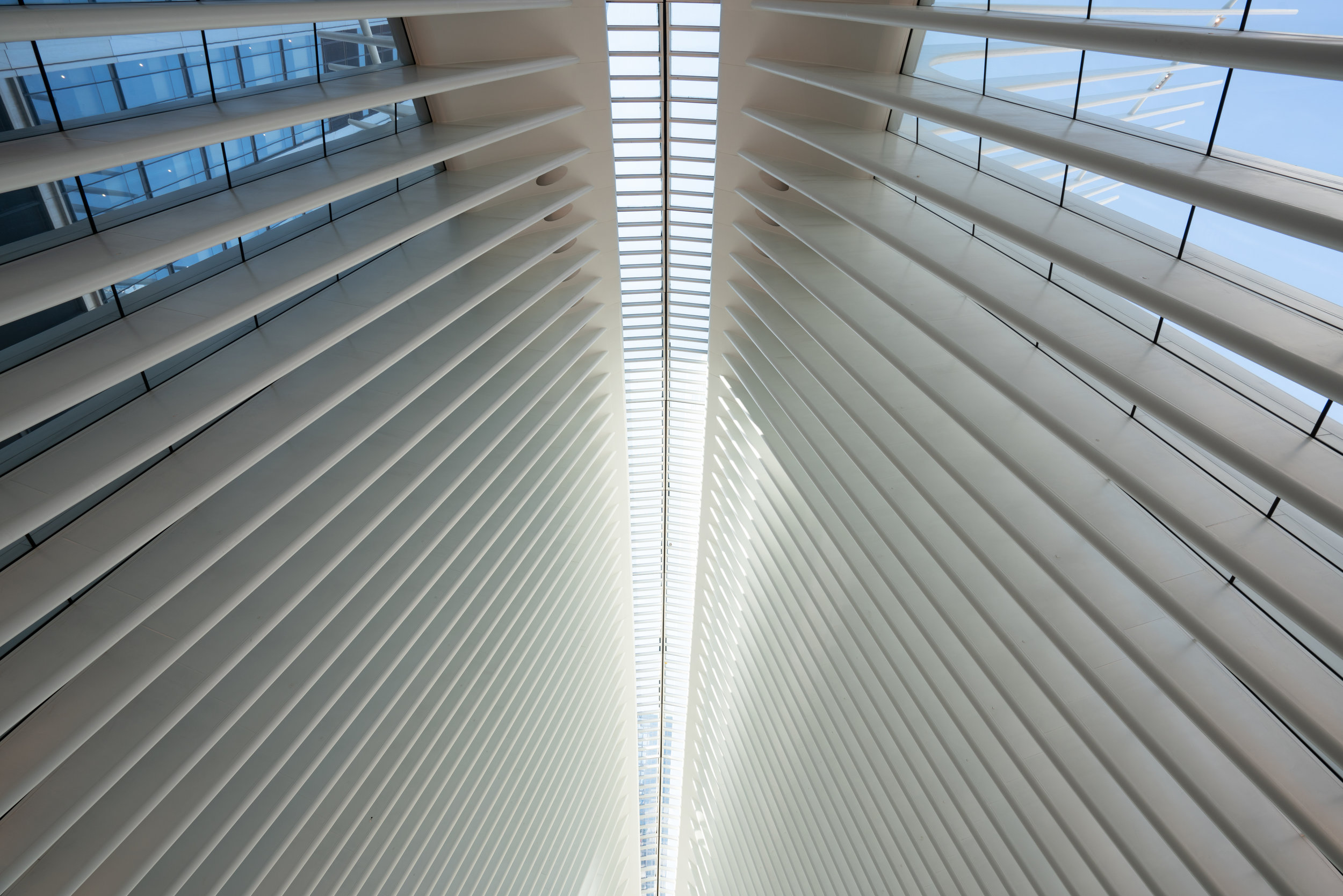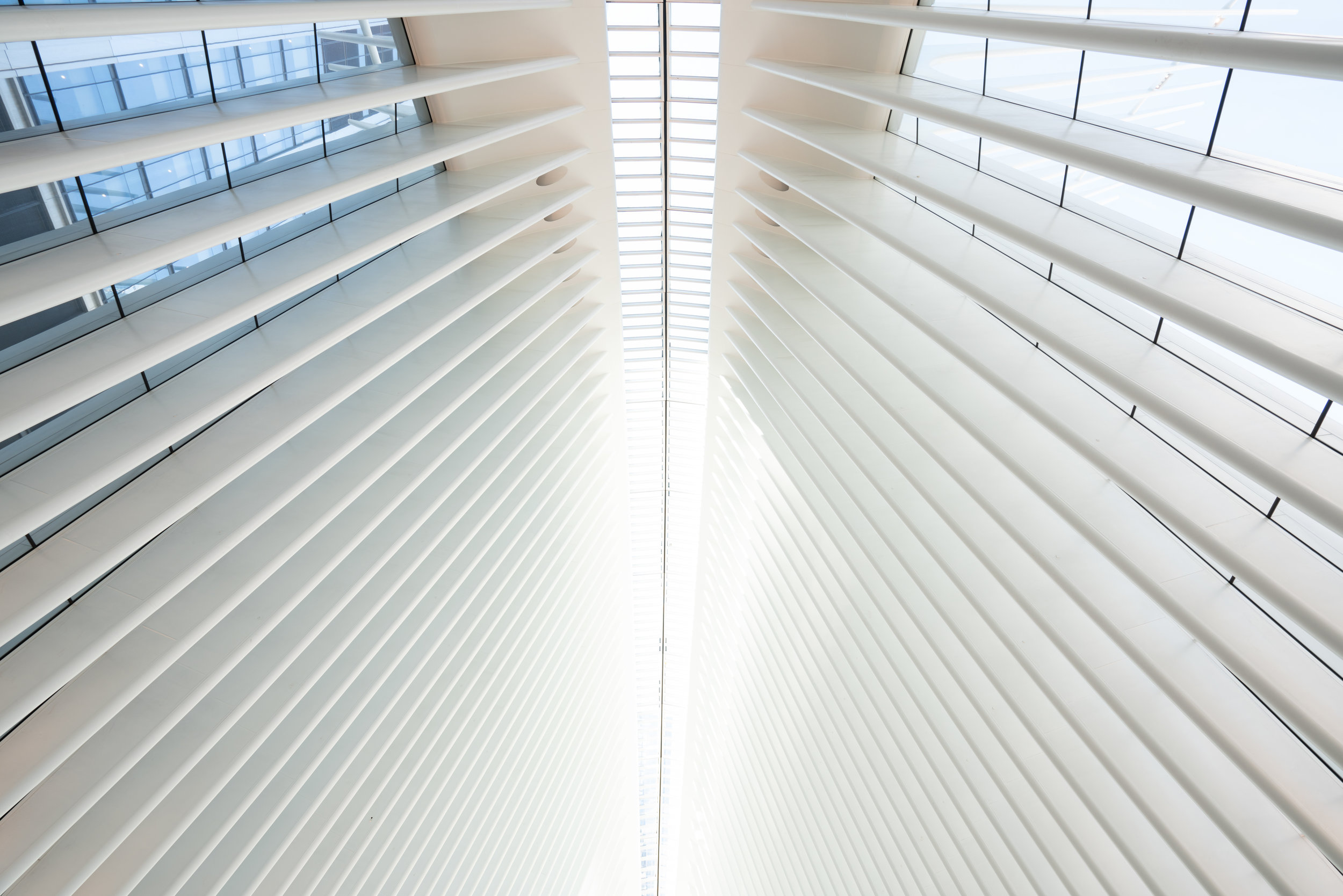It’s been raining on and off in Washington over the past week and I’ve been itching to go outside. At first sign of a sunny day, I went out and decided to hike from Reflection Lake to Narada Falls. This was done by combining two separate hikes to create a loop. I started at Reflection Lake and hiked to Narada Falls via the Lower Lakes and Narada Falls trail. To get back to Reflection Lake, I hiked the Wonderland Trail. Overall, this is a hard hike to recommend. For the amount of effort required to complete, there is little payoff. To me, you’d be better off just driving to the two endpoints rather than wasting the energy hiking in between.
Reflection Lake to Narada Falls: Distance 3.6 miles Elevation Gain 931 feet
Narada Falls to Reflection Lake: Distance 3.0 miles Elevation Gain 751 feet
For this blog I’ll consider my route as two different hikes as that’s what it is. I connected the two trails to create a loop but alternatively, you can simple hike one trail and go back the way you came.
According to the internet, the first hike from Reflection Lake to Narada Falls is 3.6 miles long with an elevation gain of 931 feet. I would consider this to be the more enjoyable of the two trails. That being said, it isn’t all that special. Starting the hike, you will see a trail sign that indicates that you are .9 mile from the Narada Falls trail. I misread this and read that I was .9 mile away from Narada Falls itself. Don’t make this mistake, there is still some distance to go.
For the first mile or so of the hike, it is a very typical Washington hike. You are doing a lot of walking in the forest. There are a few prairies, but still pretty typical. When I went, there was still some leftover snow on the trail but nothing that couldn’t be easily traversed or dodged. Even with the snow, the temperature was comfortably warm and some of the wildflowers have begun to bloom. If you watch the video above, you’d notice that about a mile into the hike, I point out an opening in the tree line which reveals a nice view of Mt. Rainier. This is probably the best view of the mountain that you’ll get on this trail. The rest of the time you’ll be surrounded by tall trees.
Once you make it out of the forest, you’ll cross a paved road and will hit a trail sign indicating the start of the Lakes Trail and that you’re .2 mile from the Narada Falls trail. This is actually my favorite section of the hike. From here, you’ll quickly run into a few different streams and waterfalls. Along side a few of the streams are large rocks which can be accessed and climbed. Some people were actually picnicking around here on the rocks. From here, you’re only a short distance to Ruby Falls and ultimately Narada Falls. I almost want to recommend just starting the hike from this trail sign as all the views of the river and various waterfalls start here. The sign happens to be directly next to a road with space to park. If you want to get some interesting views in a short distance and requires little effort, start here!
The second hike is from Narada Falls to Reflection Lake. This is a 3 mile long hike with an elevation gain of 751 feet. I did not find this hike to be enjoyable. I consider this hike in two parts, before and after the switchbacks. The hike hike from the beginning of the trail to the end of the switchbacks is a straight uphill climb. The trail is often narrow with only enough space for one person to pass at a time. For most of this section you’ll be surrounded by tall trees and bush so again, there isn’t much to look at. The bushes were often overgrown and came into the trail. After the switchbacks, the ground begins to levels out and there are even some down hill areas. The trail even opens up a bit with some nice prairies and rock fields. The only problem is that by the time this happens, you’re walking directly below/beside a road so you hear a lot of car noise on a busy day. This is a hike that I would not recommend. If you are doing this loop, it may even be more worthwhile to just go back the way you came and do the reverse of the previous hike. At least this way you’ll have a second look at all those waterfalls.
I did this hike late in the afternoon on a particularly busy day. The wait to get into the entrance of the park was the longest that I’ve ever seen. Even so, there was really no one on the trail and I can definitely see why. The obvious reason is that the final destination, Reflection Lake and Narada Falls, are located directly off the road. Few people are doing to take the time to walk the distance in between. The second and more cynical reason is because the hike sucked. I personally will probably never repeat this hike. Unless you’re intentionally out to get some exercise and do not care the views, just drive to the destinations. Save yourself the time and energy for one of the other hikes available in the park.
Want to support my work?
Consider visiting the shop and buying "Absolutely Nothing"
https://www.TheUpperLeftUSA.com/shop/absolutely-nothing
or







